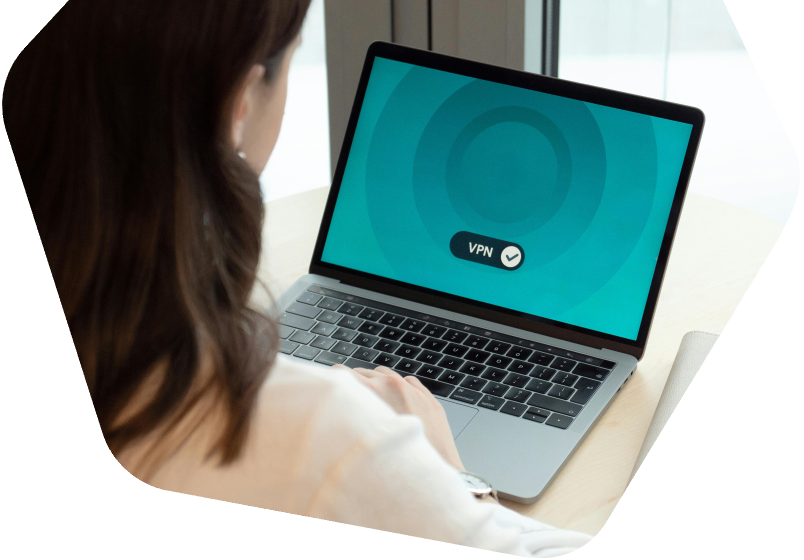
In today's rapidly evolving world, education is undergoing a remarkable transformation. Traditional classrooms are making way for interactive classrooms, a revolutionary approach that leverages technology to create dynamic and engaging learning environments. These interactive classrooms are revolutionizing education, empowering students, and redefining the way knowledge is acquired and shared. In this article, we will explore the incredible benefits of interactive classrooms and why they hold the key to unlocking a brighter future for learners of all ages.
Enhanced Engagement and Active Learning
One of the most significant advantages of interactive classrooms is the increased level of engagement and active learning they foster. Gone are the days of passive listening and one-sided lectures. With interactive tools and technologies at their disposal, students become active participants in the learning process. Whether it's through interactive whiteboards, real-time polling, or virtual reality simulations, students are encouraged to ask questions, explore ideas, and collaborate with their peers. This hands-on approach ignites curiosity, deepens understanding, and cultivates critical thinking skills.
Personalized Learning Experiences
Every learner is unique, with different strengths, weaknesses, and learning styles. Interactive classrooms cater to individual needs, allowing for personalized learning experiences. Adaptive learning software and intelligent algorithms can identify students' progress, preferences, and areas that require additional attention. With this information, teachers can tailor their instruction to meet the specific needs of each student, ensuring optimal learning outcomes. Personalized learning promotes self-paced education, boosts confidence, and encourages students to take ownership of their learning journey.
Collaborative Learning and Teamwork
Collaboration is an essential skill in today's interconnected world, and interactive classrooms provide the perfect platform for fostering collaboration and teamwork. Through group activities, online discussions, and virtual projects, students learn to work together, share ideas, and solve problems collectively. The interactive nature of these classrooms breaks down physical barriers, enabling students to collaborate with peers from different locations and backgrounds. By collaborating, students develop vital interpersonal skills, enhance their communication abilities, and gain a deeper appreciation for diverse perspectives.
Immediate Feedback and Assessment
In traditional classrooms, waiting for feedback and assessment results could be a time-consuming process. Interactive classrooms change that by offering immediate feedback and assessment mechanisms. With real-time polling, quizzes, and interactive exercises, students receive instant feedback on their performance, allowing them to identify areas for improvement and make necessary adjustments promptly. Likewise, teachers can monitor student progress in real-time, identify knowledge gaps, and provide timely interventions. This prompt feedback loop nurtures a continuous learning cycle, enhancing overall academic growth.
Global Learning and Cultural Exchange
Interactive classrooms transcend geographical boundaries, bringing students from different parts of the world together. Through virtual collaborations and international partnerships, students gain exposure to diverse cultures, perspectives, and ideas. This global learning experience fosters cultural awareness, empathy, and a broader understanding of global issues. Students develop valuable cross-cultural communication skills, preparing them to thrive in an increasingly interconnected and multicultural world.
Technological Literacy and Future-Ready Skills
Interactive classrooms equip students with crucial technological literacy skills, preparing them for the digital landscape of the future. As they navigate through interactive tools and technologies, students develop proficiency in using digital platforms, software, and collaborative tools. This proficiency extends beyond the classroom, empowering students to adapt to evolving technologies and navigate the complexities of the modern workforce. By integrating technology seamlessly into the learning process, interactive classrooms nurture future-ready skills, such as digital literacy, problem-solving, creativity, and adaptability.
Interactive classrooms represent a paradigm shift in education, offering unparalleled benefits that empower students and redefine the learning experience. From enhanced engagement and personalized learning to collaboration, immediate feedback, and global connections, the advantages of interactive classrooms are vast. By embracing these innovative approaches, we can create a future where education is dynamic, inclusive, and transformative. Let us harness the power of interactive classrooms to unlock the full potential of learners and shape a brighter future for generations to come.

